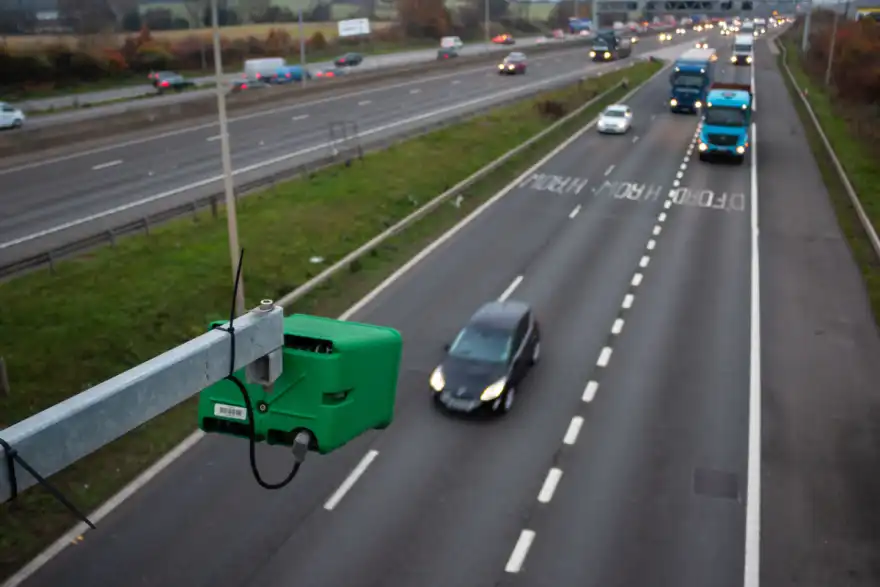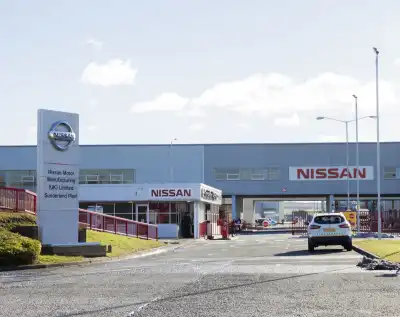
It's reported that about one in 15 drivers use 'stealth plates' to avoid fines from traffic cameras. Now, a council in England has taken the lead by installing new technology to spot and crack down on these illegal plates.
'Stealth plates', also called 'ghost plates', have a special reflective coating that makes them hard for ANPR cameras to read. These cameras are used to catch speeders and drivers breaking rules like using bus or cycle lanes, entering yellow box junctions, or entering London's Ultra-Low Emissions Zone (ULEZ).
You can buy stealth plates online for as little as £10, and it's estimated that there are over 40,000 sellers offering them to UK buyers.
Wolverhampton City Council is the first to use this new technology to detect illegal plates. If caught with one, drivers can expect a £100 penalty notice.
Councillor Craig Collingwood, Cabinet Member for Environment and Climate Change, said the council is “leading the way as the first council investing in this state of the art technology to deter and detect offenders”.
The decision to install these cameras came after West Midlands Police and Wolverhampton City Council found a taxi with an illegal stealth plate.
Collingwood warned. “Taxi drivers licensed by Wolverhampton may have their licence suspended or revoked."
“All motorists can expect to pay a fine if found to be using these illegal methods to avoid cameras,” warned Collingwood.
This isn't a new issue. Last June, police found that six percent of cars near Gatwick Airport were using some kind of material to defeat ANPR systems.
Professor Fraser Sampson, the UK’s former Biometrics and Surveillance Camera Commissioner, estimated that “one in 15 drivers may already be using anti-ANPR technology”. In a letter to the Secretary of State for Transport, Mark Harper, Sampson raised concerns about ghost plates and “other rudimentary tactics” are being used to “‘game the system”.
“I would therefore urge [the Government] to give consideration to modernising the way in which vehicle registration, roads surveillance and ANPR systems are regulated generally and to addressing the enduring risks to the ANPR system in particular.”



